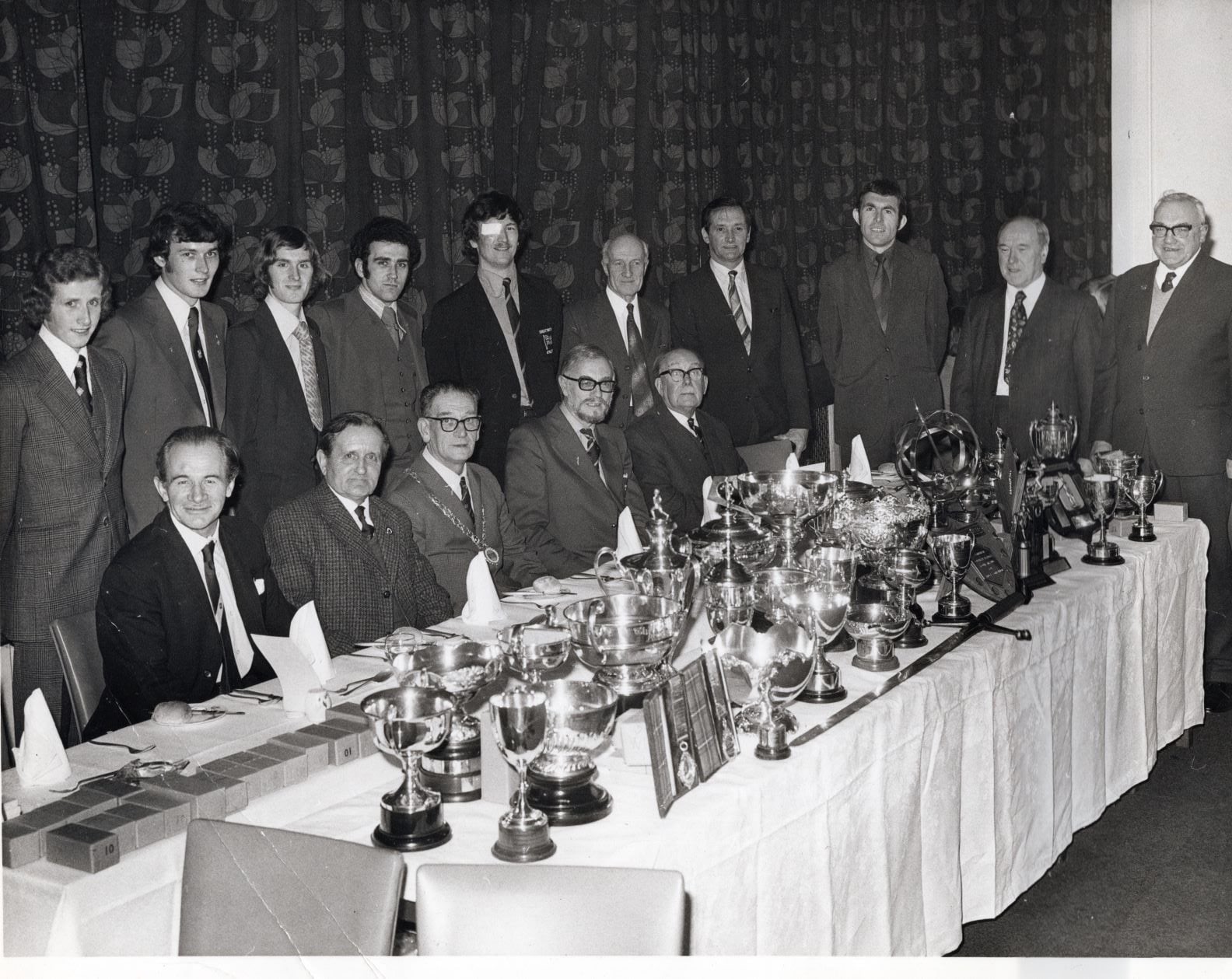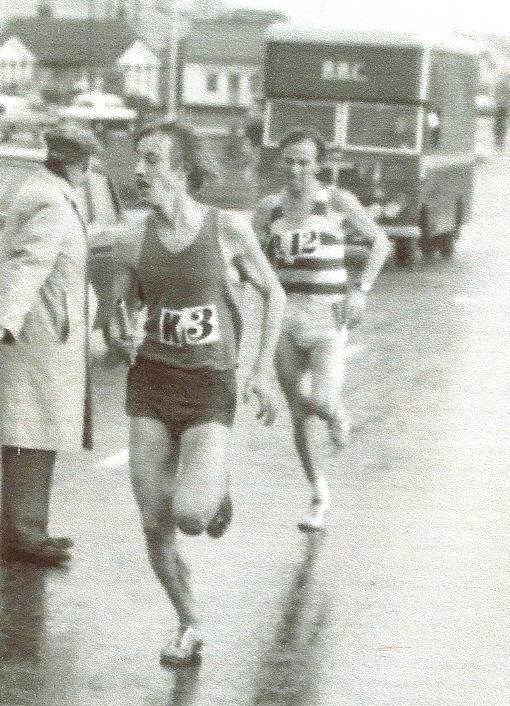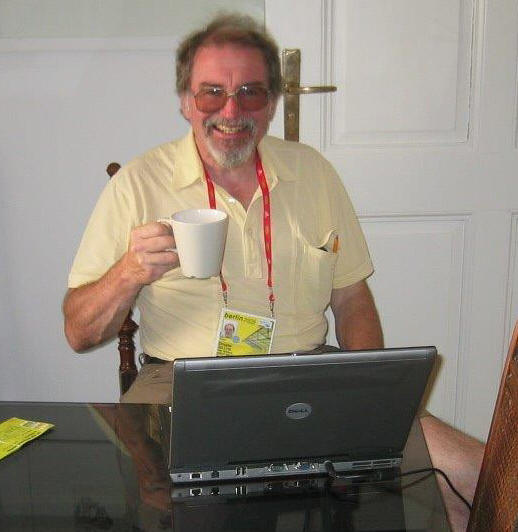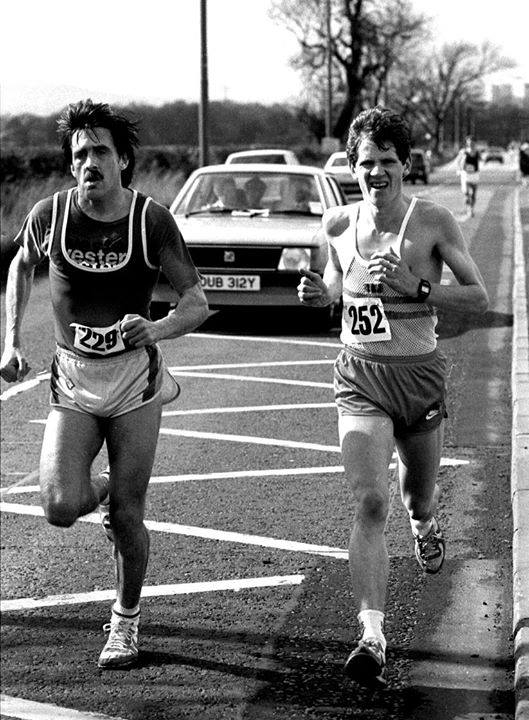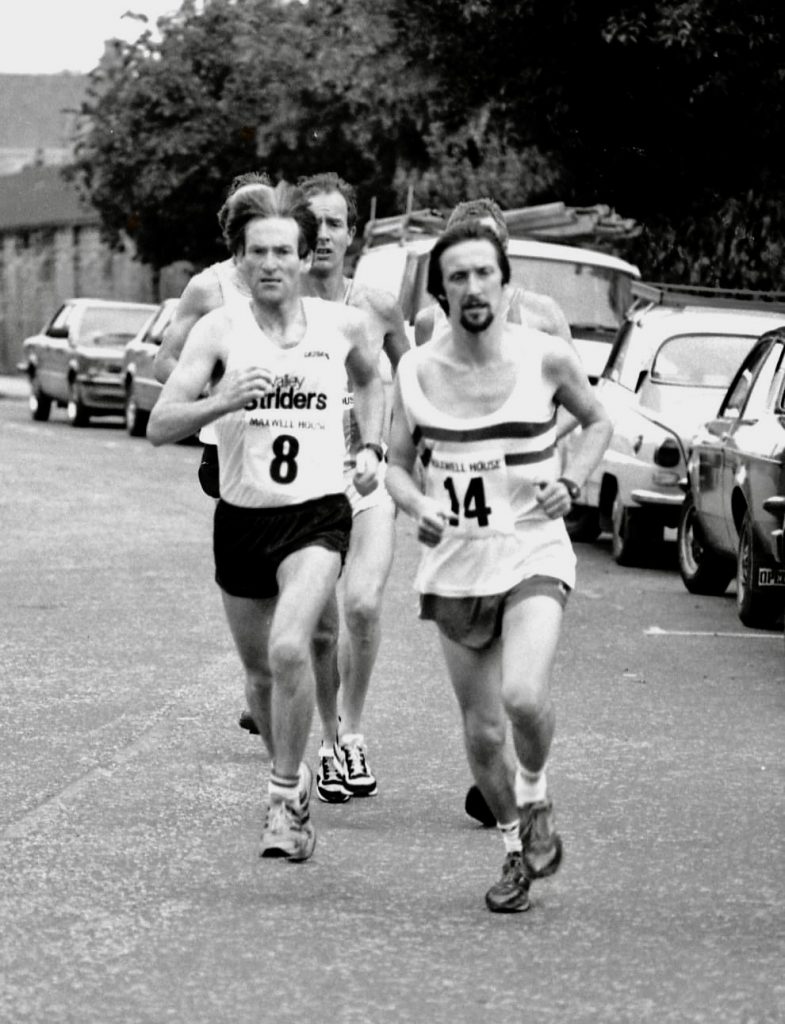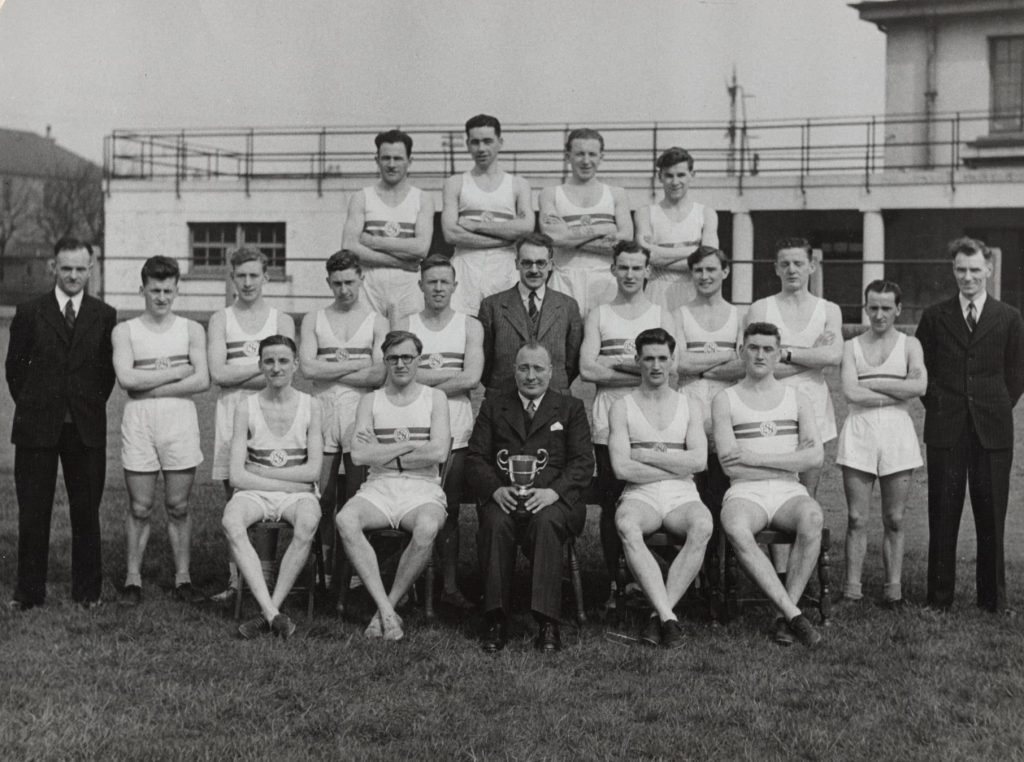Many good officials and administrators achieve less because they try to do more – eg any job that needs doing, they take it on and there are people in many clubs who run for the club, work on the committee, represent the club on a higher board and maybe do some coaching too. Ian was not ambitious in that way – he wanted to serve his club and that was enough. The concentration of effort honed his organisational talents. How did he go about the job? He says –
What can we see from the above? A willingness to take and maybe even welcome personal responsibility for decisions that would affect athletes and club alike. Early knowledge of the athletes commitments. He had a clear system of informing the athletes of what he was doing and reasons for selection and the system was known and understood by the men concerned. I would suggest that his own running career and interaction with athletes before and after races would have given him a background that made the communication more informed.
How did others find him to work with? We already have Colin Youngson’s thoughts, there are some more below.
***
Alistair Blamire’s brief comment sums up a lot of the others when he says “a great club man, really friendly guy”. Just read these compliments.
and this was elaborated and added to by journalist Doug Gillon.
Ian was secretary when ESH won their first British League victory at Meadowbank in 1970 which is probably when I had the first of many dealings with him as a journalist. He was cross-country team manager for a long time – can’t be specific with dates, but that was the role in which I saw him most. I seemed to be constantly in touch with him to preview events and get results both when working at the Sunday Post and at The Glasgow Herald from ’77 onwards. As you know, the 1970’s were halcyon days for their E-G team and for their cross-country squad in the national, not to mention spectacular track success.
Ian was always helpful, efficient, and courteous – and related well to the athletes. He was never a blazer man which I am sure contributed to ESH being able to field consistently strong track and field league teams. And he got the relationship between athletics and the media at a time when minority sport was fighting for column inches. He seemed to realise the need for an “angle” and always seemed willing to help find it. I appreciated that. He seemed as passionate about his sport as I was.
It obviously helped that I was an Edinburgh guy and knew athletes and officials in his club. However, he never let the fact that I was an EAC man get in the way!”
Ian has already paid tribute to Jim Smart as Track Team Manager and the fact that T&F success was a team effort yet, when Doug’s comments above were subsequently discussed, Doug added the following –
“It occurs to me that despite the contributions of such as Jim Smart, Hamish Robertson, Oliver Dickson, Ian Clifton, and Bob Steel, Ian McKenzie might well deserve the accolade of the man most responsible for driving the club’s success in the golden era of the 1970s – no mean epitaph.”
“I joined Edinburgh Southern Harriers in 1981. At that time Ian was cross country team manager; I think his last year. After my first XC race at Hawick, after coming close to last, Ian told me ” The first one is always the worst” . Ian was heavily involved in helping organising the club’s contributions to the early Edinburgh Marathons and later the half marathons and Princes Street Mile Races. I was roped into stuffing envelopes at Meadowbank, putting up signs on lampposts and marshalling.
I didn’t see much of him until I took over from Evan Cameron as Road Race Manger on the ESH Committee in 1985. Ian was Secretary by then. The thing that struck me about Ian was the amount of work he was willing to take on on behalf of the club.
Ian was instrumental, with myself and George Brown in setting up a Road Racing Section at Meggetland, to cash into the road running boom, and to try to boost the fields at XC. We had about 30-40 turn up initially, which settled down to about 20 regulars. Those who stuck out the manic fartlek session devised by Ian, got very good indeed. Ian himself turned up at a lot of the sessions to give encouragement and enjoy a beer afterwards.
Ian also acted as treasurer for a while. The club’s finances were pretty dire, British League and the years we did the GRE cup were a heavy drain, Ian was always looking for ways to obtain sponsorship and bringing in cash. One of the more bizarre ones, was a pizza-box relay, between the Pizzaland outlets in Edinburgh for publicity. I think it brought in about £500.
Ian also used his organisational skills to set up the Scottish Gas 10k, using his workplace at Granton as the focus. It ran for many years and again brought in much needed cash.”
